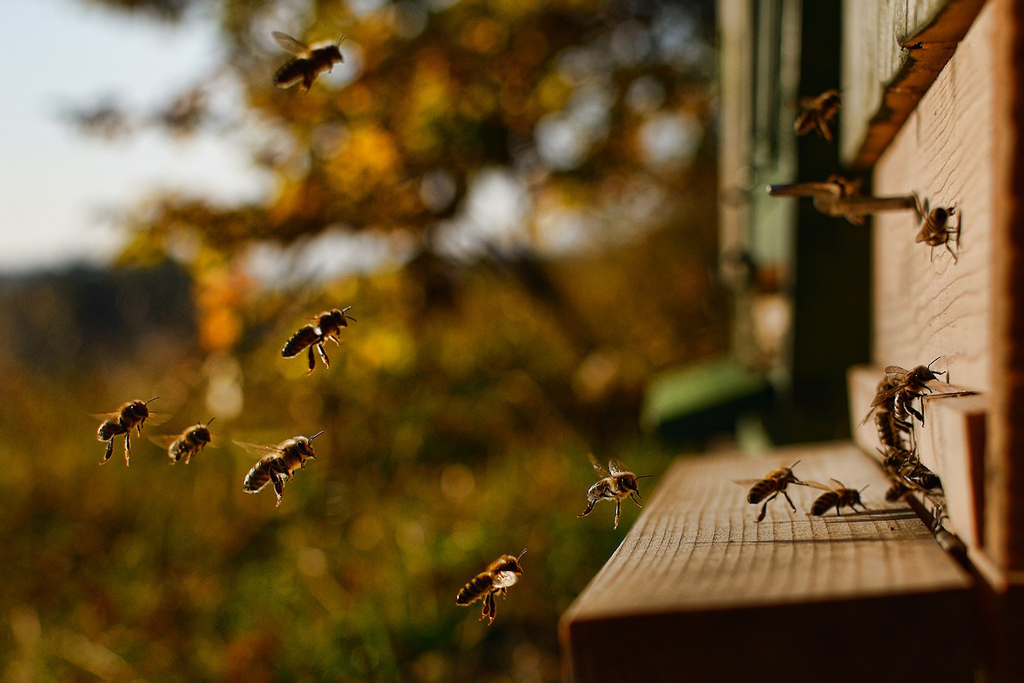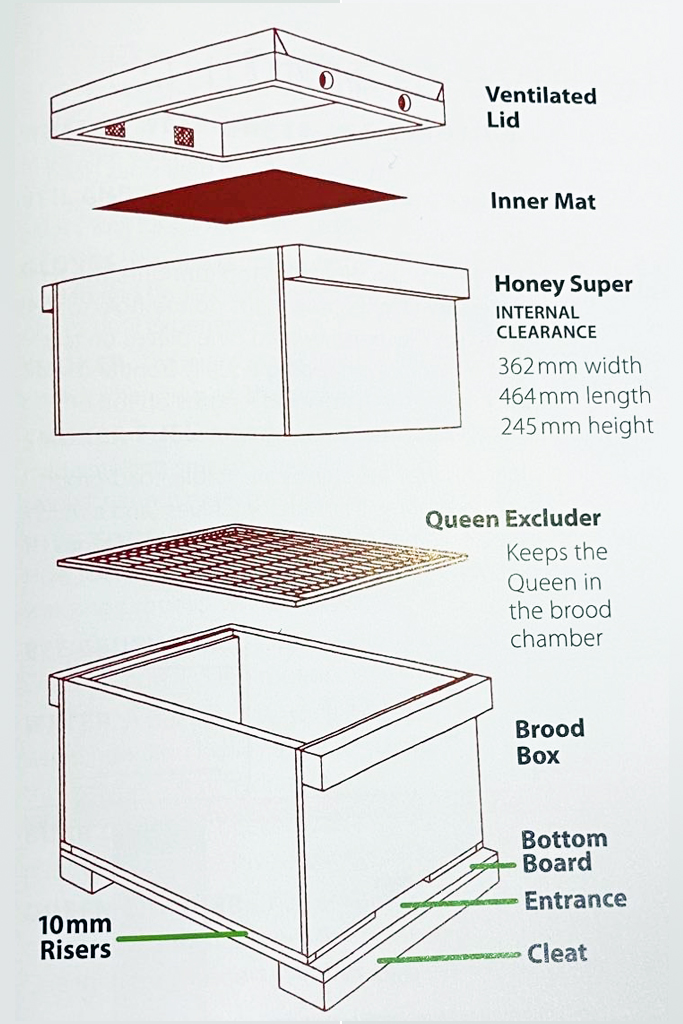
Solar Generators
Where to start and what’s involved
If you would like to keep bees on your property there are a few things you need to know.
- It is expensive
- It involves a lot of equipment
- It involves a lot of work to do it properly
- You need to learn the process in steps
- You will need at least 2 people to do this successfully
- You will need to read books to learn about the bees in your area
- Not everything you read on the internet is accurate
- Decide what kind of hive you want to keep and how many
- Are you doing this for the bees or yourself?

When I decided I wanted a bee hive, the first thing I did was read a few books by local authors and asked lots of questions. I was informed my property needed a variety of bee-attracting trees, shrubs and flowers. I visited our local Landcare Centre, (this is a native nursery in our area) and bought about 30 tube stock of the suggested plants.
Once these were planted and established, about 18 months later, I went to the local Beekeepers’ group in our area to learn more. We got our first hive about 2 years after I began looking into it, and once I had acquired the necessary equipment.
You need to buy all your equipment and set it up ready to receive the nucleus hive. The nucleus comes either from a hive that has been removed from an unsuitable location, such as a background tree, inside a wall, or other man-made structure the bees have decided to build a hive in, or when an existing healthy hive is split due to increasing numbers.
I bought mine from the local Bee Group, these range in price due to demand in your area. I paid $100 about 3 years ago.
The equipment you will need consists of:
- Bee Hive Boxes (see image)
- frames for brood box and supers
- Smoker and fuel
- Protective Clothing
- Beekeeping suit or hat and veil
- Gloves
- Hive tool
- Uncapping knife
- Bee brush
- Burr comb
- Queen Catcher
- 2 or 4 frame extractor
- Plastic bucket with gate (tap)
- Honey strainer
- Honey Scrapper





Once you have your equipment set up and you have your bees, next comes the monitoring part. I check my bees more during spring and summer, approximately every 2 weeks. I am looking for hive beetles or any signs of disease or distress in the hive.
If all is well, I then check the honey super for how much excess honey is in the frames and remove a few full frames, if required, and replace them with empty ones.
I put the hive to bed in late Autumn and only check on it once a month during winter unless I am concerned about something. This year was very wet and this led to an increase in hive beetle, so I check it every 2 weeks instead of the usual 4 weeks.

Once you have extra honey ready to be extracted, you will need an easy-to-clean area, as this gets very messy, and extracting equipment. You will need an experienced beekeeper to assist you with checking the hive and extracting the honey for the first time and probably even a second or third time. I have a mentor who helps me with this, which is so helpful as I learn something new every time.
Joining your local beekeeping group is usually the best way to learn and get help while you are new to beekeeping.
Learn More about our Off Grid Expo HERE | Buy your tickets for EXPO Here
Event Organisers:
Dee White: dee@offgridexpo.com.au – 0434 630 510
Di Woodstock: di@offgridexpo.com.au – 0419 224 628
Event Organisers
Dee White
dee@offgridexpo.com.au
0434 630 510
Di Woodstock
di@offgridexpo.com.au
0419 224 628
